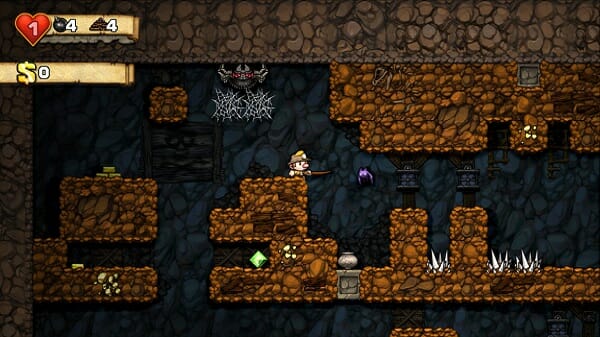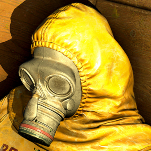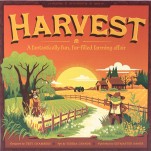Spelunky (XBLA)

I was waiting on the fourth world. I’ve played enough Spelunky to write a review. I’d played enough Spelunky to write a review back in March, and not the original PC version, but the exact same 360 rendition that I’m discussing now. But I felt like I couldn’t write about Spelunky, or at least shouldn’t, until I finally experienced that fourth world. What mysteries does it hold? Earlier levels hit the jungle and ice quotas, so would the final one fill the obligatory lava slot on the old platformer menu? It wouldn’t be proper to write a review without knowing, would it?
Forget what’s proper. I haven’t seen the fourth world of Spelunky. I might never see that fourth world. But I can sure as hell write about Spelunky after a couple dozen hours of dying again and again in its ever-changing, always brutal world.
But what’s a Spelunky, anyway? It’s an old-school platformer (think Super Mario Bros.) with a pulp adventure / Indiana Jones aesthetic and a philosophy borrowed from the “roguelike” subgenre of role-playing games. Two crucial factors define a rogueline: dead means dead and the levels are randomly generated every time you play. You get one life with no savepoints, no persistance of power-ups and no idea what a level will look like before it starts. You can make it all the way to the very end of 4-4, die right before walking through that last door, and have to restart all over again from a different 1-1. It’s not a genre known for its politeness.
Forget that fourth world—Spelunky isn’t really about finishing. It’s about getting better. It’s about setting your own personal mark, either in the total value of gold and gems discovered, or how many levels you survived, and then besting that mark again and again. It’s about comparing your score to your friends and others through Xbox Live. It’s not about the end but about how well you do before you die. In that regard it’s more Donkey Kong than Super Mario. And that’s good, because if Spelunky was just a dickheaded version of Super Mario Bros. it would be a quickly forgotten curiosity (and if that’s all you’re looking for go play the original Japanese Super Mario Bros. 2).

That randomness keeps Spelunky from growing old. It also creates a system where mysterious new aspects of the game will continue to reveal themselves after hours and hours of play. I had reached the twenty-hour mark before learning that there are hidden levels packed full of treasure and shops with highly useful merchandise. I was on my twentieth transaction with a bald, mustachioed storekeeper before I realized I could send him into a murderous frenzy by accidentally bombing him. I don’t even want to remember how I learned that Kali would grant me an undisclosed blessing if I used the periodic blood-splattered altar to sacrifice the lost women (or, depending on how you change the game’s settings, men or adorable little pugs) I discovered whose rescue was the only consistent way to replenish health. (Once I switched over to pugs I could never make a sacrifice to Kali again.) Such secrets kept me playing, striving deeper and deeper into Spelunky’s frustrating caves in hopes of uncovering even more new twists.
-

-

-

-

-

-

-

-

-

-

-

-

-

-

-

-

-

-

-

-

-

-

-

-

-

-

-

-

-

-

-

-

-

-

-

-

-

-

-

-








































